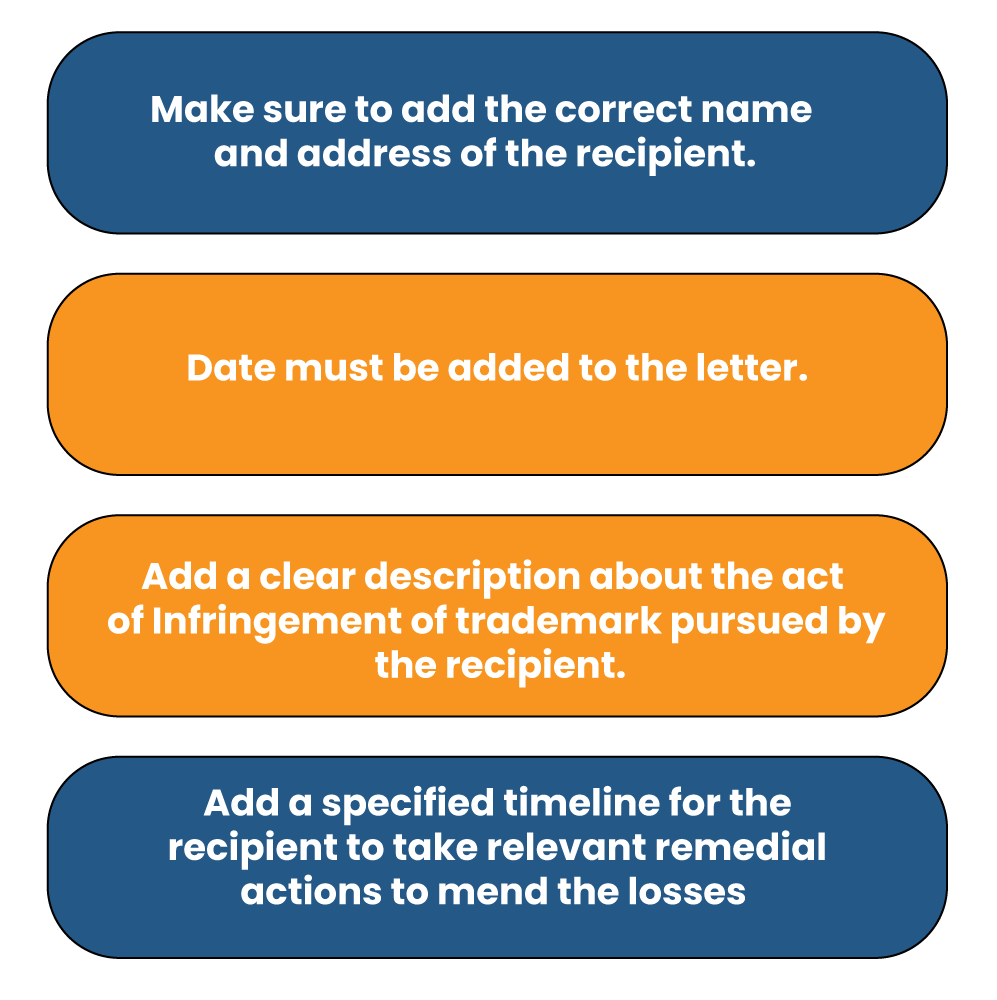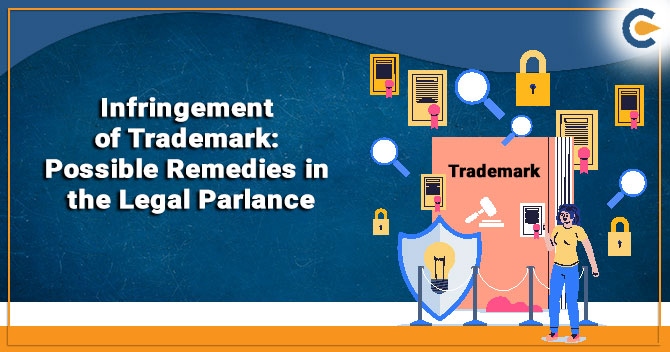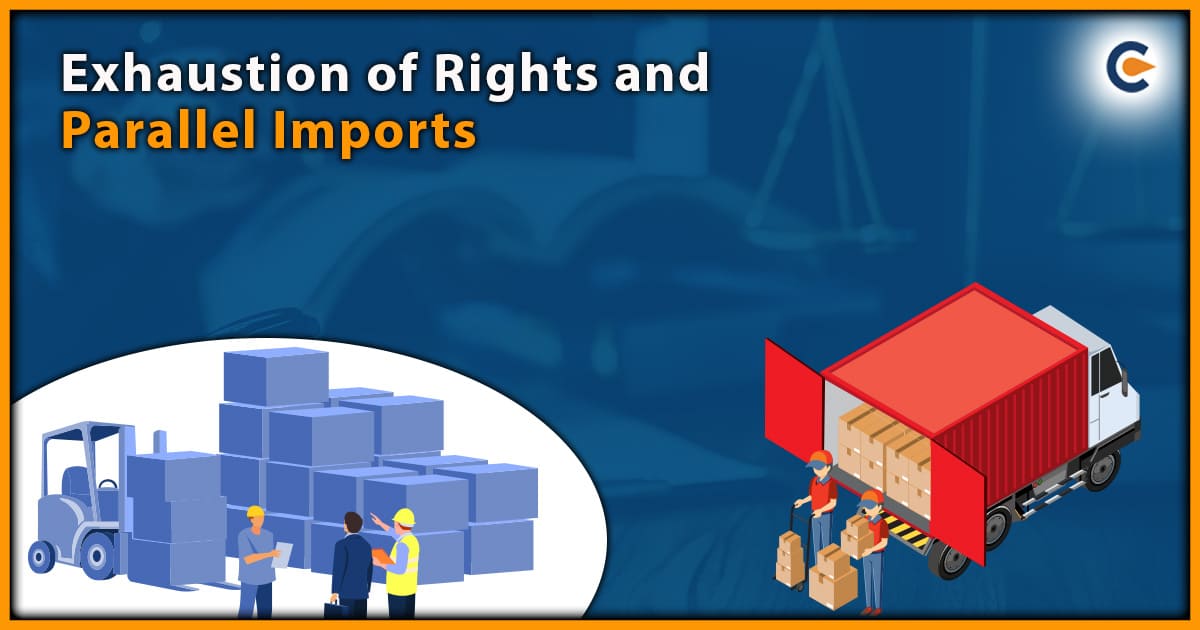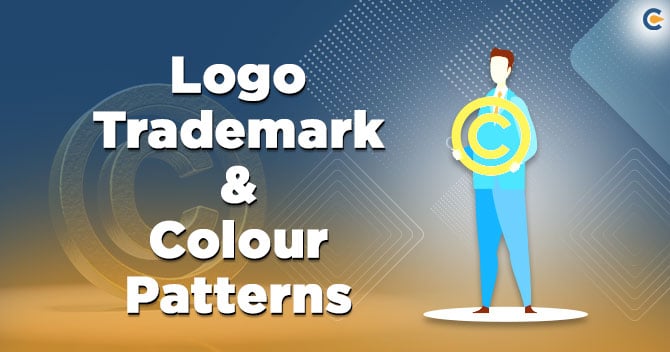Trademark infringement is a punishable crime in our country. Registration enables the trademark’s owner to leverage legal proceedings against the defaulter involved in the act of Infringement. This is because a trademark renders an exclusive right to the owner over the use of the mark. But, even in the truancy of registration, some specific rights exist in a trademark. In this write-up, we will shed some light on how you should proceed in the Infringement of trademark. We will also talk about the trademark rights of the owner.
An Overview on Trademark Protection
A trademark is an indispensable part of intellectual property consisting of a recognizable logo, sign, expression or design which helps identifies product or services of a specific source from those of others. The trademark owner can be an enterprise, person, or any legal entity. A trademark can be affixed on a package, a voucher, a label, or a product.
Such marks are often found on company premises for the sake of corporate identity. The registered trademark vested its owner with exclusive rights in regards to the goods and services for which it is granted. Therefore, the trademark owner held the right to sue the defaulter and demand compensation for the damages incurred by the infringer.
The following section depicts the viable course of actions that users can take in case of trademark infringement.
Read our article:Everything you need to know about Penalties & Remedies for Trademark Infringement in India
Grounds for Suing Defaulter for Infringement of Trademark
- Another business allegedly using the mark that is deceptively similar to yours to their goods or services.
- The Infringement of trademarks is creating confusion amongst the end-users or giving a false impression about its connectivity with the registered trademark.
- When the Infringement of a trademark is occurred with an intention to leverage the reputation of the registered trademark or for unfair benefits.
- When another party is allegedly using a registered mark similar to yours as part of their trading name.
- Unauthorized use of a trademark without the owner’s consent can also be a valid ground for litigation.
- Unfair use of the trademark by the offender on the label[1] and packaging of goods or for promoting goods or services.
- Wrongful manifestation of a trademark via advertisement causing damages to the goodwill of the company.
- Distinctive elements of the trademark have been transformed into a phonetic version, giving unfair leverage to the infringer.
Following acts cannot be treated as Infringement as per Trademark Act, 1999
- A trademark in question is causing no confusion among the purchaser of goods or services.
- A trademark in question is used with a bonafide intention and without breaching anybody’s interest.
Sending Cease and Desist (C & D) Letter to Infringers: Your First Line of Defense
Sending cease and desist letters to infringers is a common practice in legal parlance. It is effective in the sense that it can help the owner avert unnecessary and costly litigation processes. It acts as a notification illustrating the owner’s concern regarding the Infringement of the trademark. Correcting the drafting of such letters is essential because it may give an unfair advantage to the infringers to take to legal action against the trademark owner.
Here’s what you need to take into account while preparing such a letter?


The goal of this letter is to get the infringer to stop the unlawful act against you. Thus, it is advisable to focus on relevant detail only instead of other things that create confusion. And most importantly, try to steak with formal language only.
Filing Petition against the Infringer: Your Last Line of Defense
If an infringer refuses to respond to the cease and desist, you can visit the relevant judiciary, where your business is located, to file the petition. A person seeking to file a petition in court must have concrete evidence regarding the use and registration of a trademark. Therefore, the trademark registration certificate and the record of communication present at the Registrar of Trademarks act as strong evidence.
Upon the successful filing of the petition, the court can render several remedies for the Infringement. Even before reaching to conclusive judgment, the court can provide an interim injunction. This is typically when the Infringement is the active phase and causes great damage to goodwill.
The court might also compel the offender to compensate for the monetary damages incurred by him/her by way of Infringement. Moreover, the court may also issue the judgment for destroying the goods with the offensive mark and compensate for the litigation’s cost.
Key Takeaway: in the age of technology, before filing a petition against the offender, an online search can help a lot, particularly in case of counter litigation. All other cardinal aspects such as deceptive similarity and unfair use need to be examined.
Penalties for Infringement of Trademark
The court may order the following judgments based on civil and criminal charges
- Temporary & permanent injection (in case of civil charges)
- Goods destruction (in case of civil charges)
- Profit damage (in case of civil charges)
- Legal proceedings cost (in case of civil charges)
- Six months to 3 years imprisonment (in case of criminal charges)
- Rs 50,000 to Rs 2,000,00 fine (in case of criminal charges)
Conclusion
An entity or a person facing Infringement of trademark can adopt the approaches mentioned above to contain the losses triggered by the same act. Sending a D& C letter is certainly a wise move, provided you are sure enough that Infringement is true in the legal parlance. Otherwise, such a move can compel you to face counter litigation. Filing a petition should be your last line of defense, considering the resources you would require to win the case.
Read our article:Trademark Infringement: Meaning, Types and Remedies











